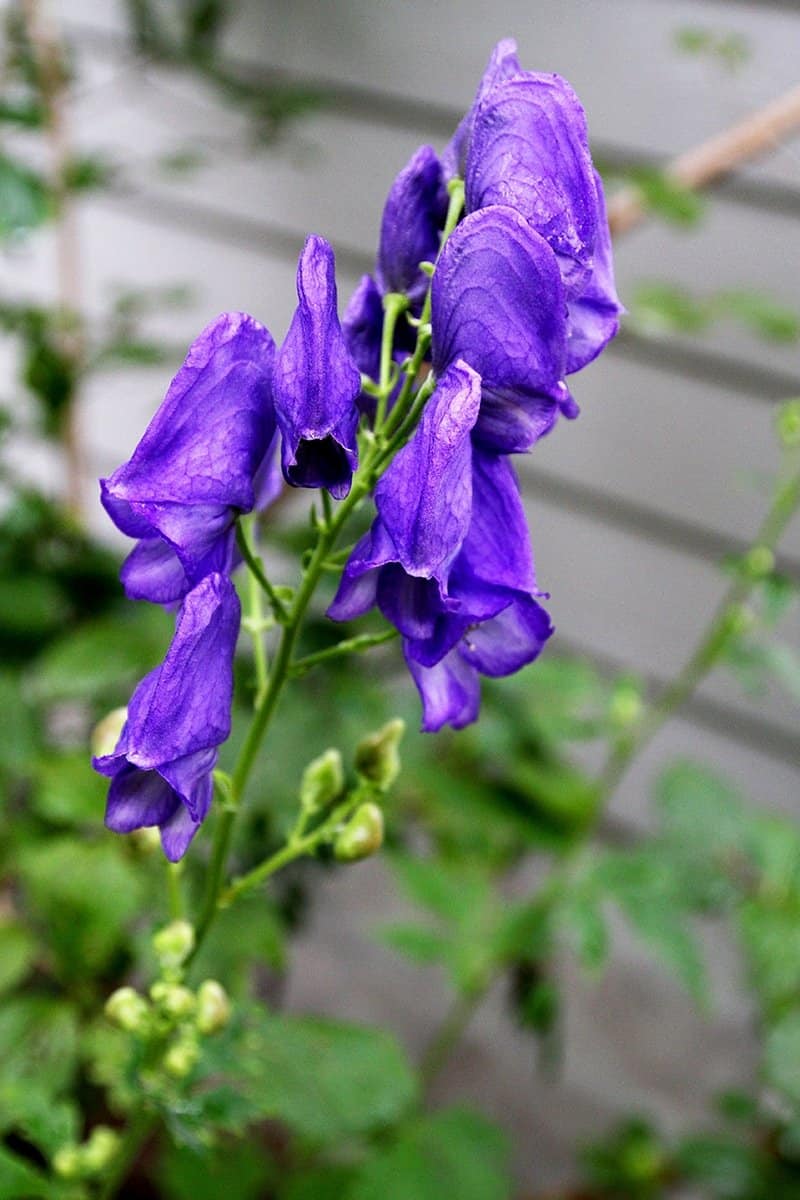
Poking around in the back garden in early November one year, I came upon a clump of fall-blooming azure ‘Arendsii’ monkshood (Aconitum carmichaelii [Arendesii Group] ‘Arendsii’, 72 inches / 180 cm, Zone 3) in full flower and looking like a few frosty nights had only spurred it on. I always forget about this plant until it erupts in gorgeous bloom so late in the season and just before the first snowflakes are expected. This monkshood is a real trooper, producing its lovely deep blue helmet-shaped flowers right up against the edge of biting hard frost.
‘Arendsii’ monkshoods are the tallest of the cultivars and reach almost maximum height growing in light shade. Grown in more sun, they would really tower over the landscape. Most other cultivars are shorter and bloom somewhat earlier, from midsummer through early fall. The same deep blue flower can be had in ‘Bressingham Spire’ (36 inches / 90 cm, Zone 3), with shorter stems and early fall bloom period.
If I were going to add more monkshood to the garden, I’d be drawn to the truly lovely white-and-purple flowers of ‘Bicolor’ (A. x cammarum ‘Bicolor’, 48 inches / 120 cm, Zone 3) or possibly ‘Blue Sceptre’ (A. ‘Blue Sceptre’, 30 inches / 75 cm, Zone 3), which has pale purple hoods each tipped with deeper purple. If I wanted an earlier display, I’d get the gorgeous white ‘Ivorine’ (A. ‘Ivorine’, 36 inches / 90 cm, Zone 3), which blooms early to midsummer, with creamy flowers tipped with green. Then I’d plant a nearby clump of pale blue ‘Stainless Steel’ (A. ‘Stainless Steel’, 40 inches / 100 cm, Zone 3), which begins blooming in midsummer and would overlap the ‘Ivorine’ season.
Monkshood adapts to light shade to full sun, requiring only consistently moist soil. It’s a long-lived and reliable perennial, and will reach maximum height in full sun, where a thick leaf mulch is helpful to preserve soil moisture. My clump of ‘Arendsii’ has been in the garden for more than 10 years. All monkshoods make good cut flowers, too.
Aconitum species and cultivars are toxic. They’re seriously injurious if ingested, and can be harmful if handled with open cuts or broken skin. The best strategy is to wear gloves when touching any part of the plants, including the roots. When cleaning garden beds, put all parts into the garbage, not into compost piles or bins. I wouldn’t grow monkshood in gardens where adventurous children chase balls through the beds. Thankfully, the young adults in my household have enough sense to limit their garden snacking to cherry tomatoes.


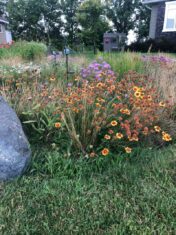
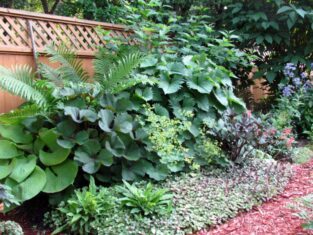
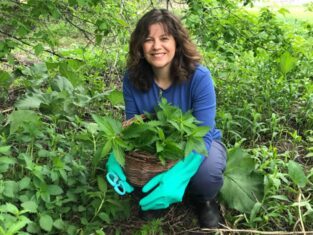
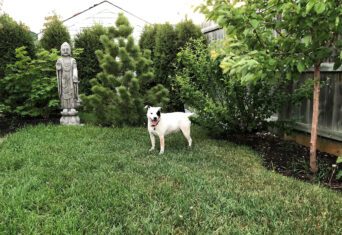
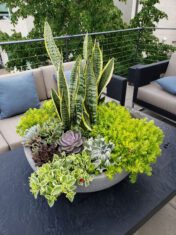
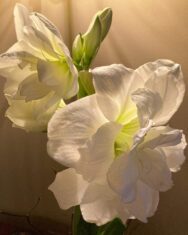

Thank you for this article. The monkshood in my Northern Indiana garden blook VERY late, unlike any flowers in the gardens of everyone else. This past year (2021), they were still blooming in early December. They are growing under a silver maple and never see direct sunshine. My reaction to their blooms is usually something along the lines of, “Well, huh. Imagine that.”
I harvested seeds last year and will try to sprout them indoors this Spring. Any tips?
I agree it is a nice surprise just as other nearby plants have been visited by the birds.. They go after tickseed and Joe pie weed. My gardener will just chop and drop the plants and is on a campaigne to encourage shredding leaves and putting them back in the garden beds.
Hi Georgina, I have a small nursery about 40 minutes northwest of Guelph and I sell this variety. You can check out the website plantsale.ca for sale dates. My patches are in their full glory right now, just gorgeous.
where can i obtain monkshood plants in the Guelph area? Zone 4-5
i have some deep blue ones that do so well but would like all other colors too.
Thanks
I acquired some monkshood (the purple ones) from friend a few years ago. They took OK, but I found that the bottom 2/3 of the leaves turn brown, even before the plants flower. I thought that perhaps I had planted them in the wrong places. So I moved some around – some are in sunny areas and some are in part shade areas. It made no difference – the bottom leaves still turn brown. Why is that?
For more unusual types, Lost Horizons in Acton or you can mail order from ‘Balmoral Gardens’ in New Brunswick (google them).
Wynand, you need to plant something in front to act as a skirt for the Aconitum, grasses or taller geraniums etc. That’s just the way some perennials roll.